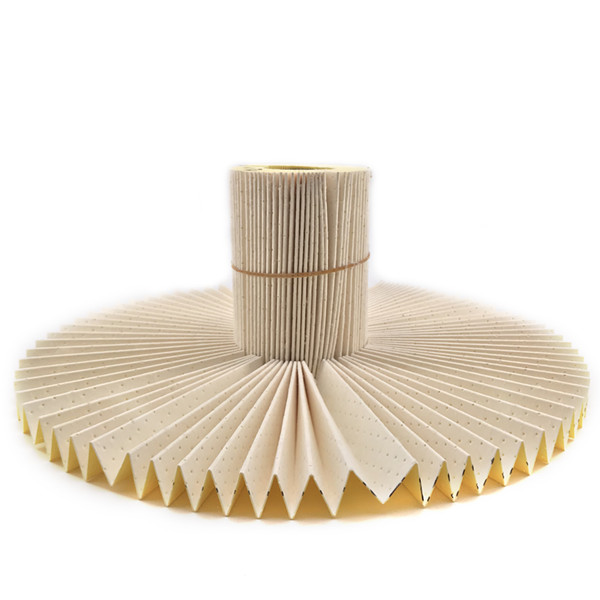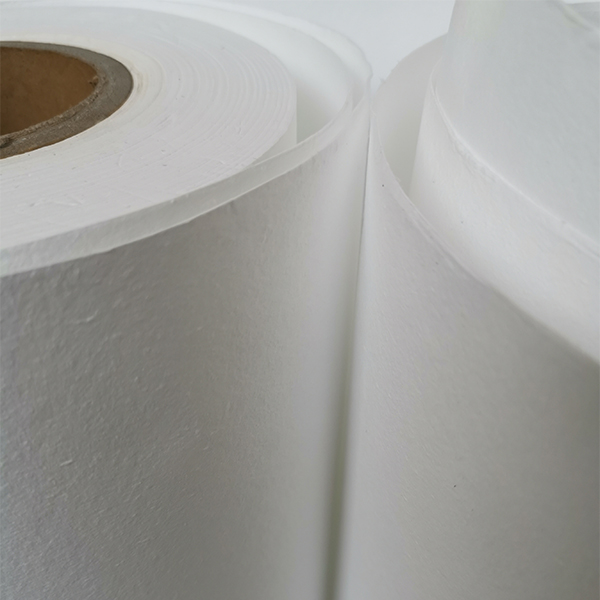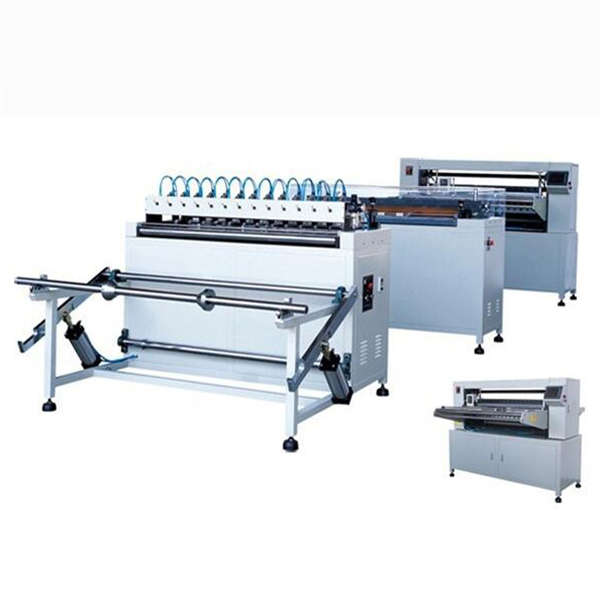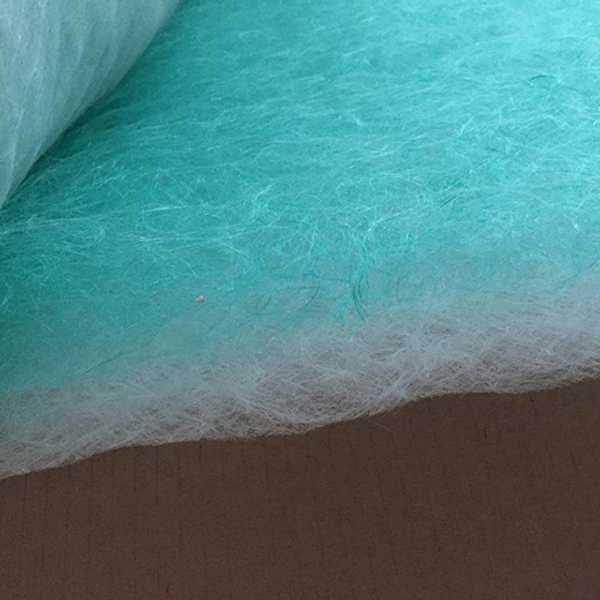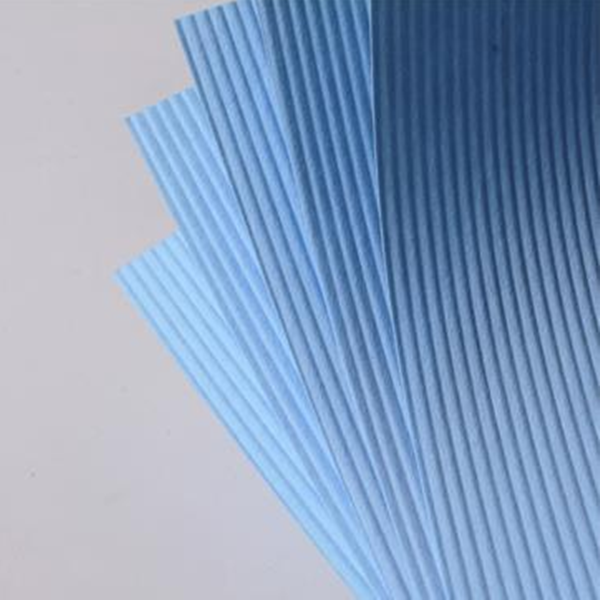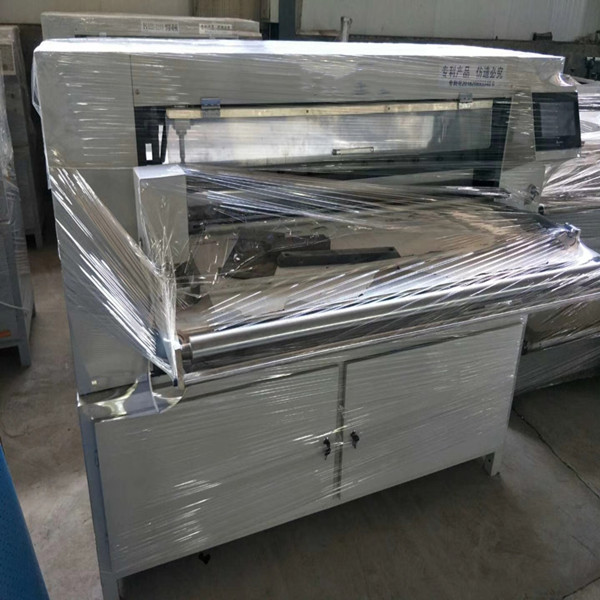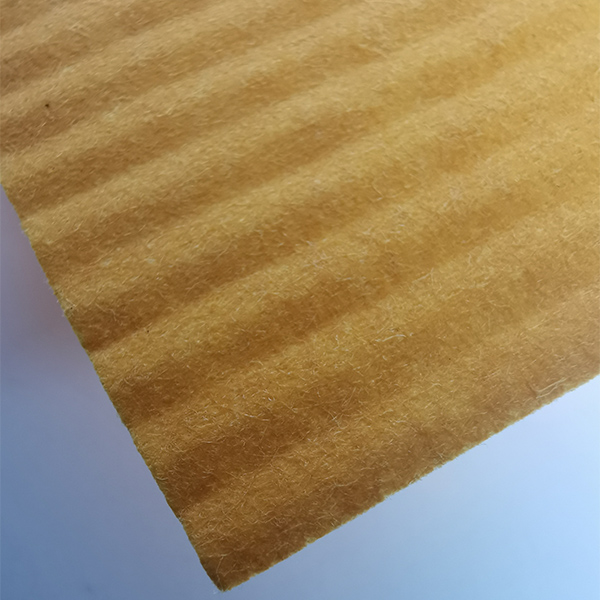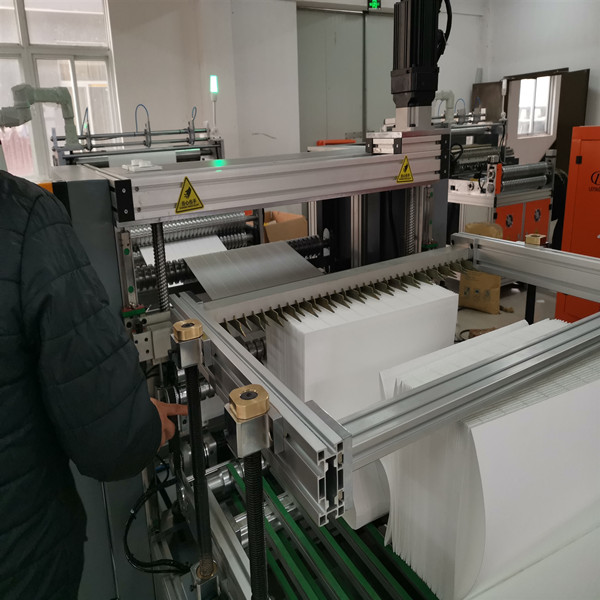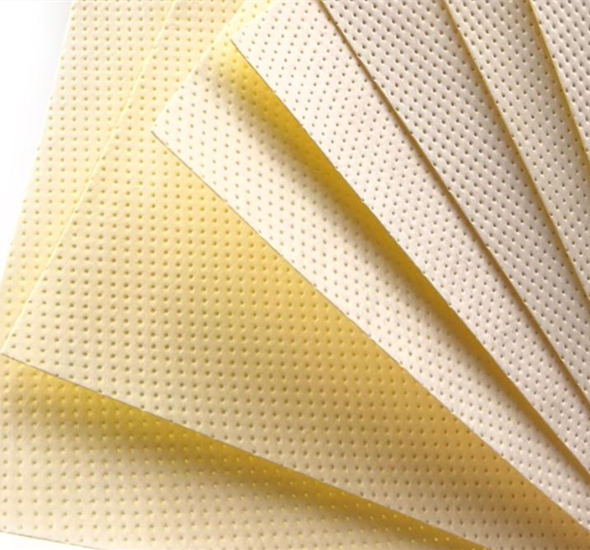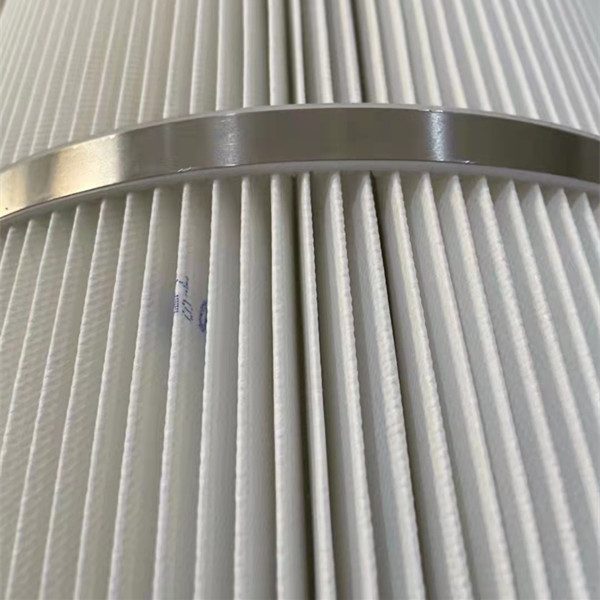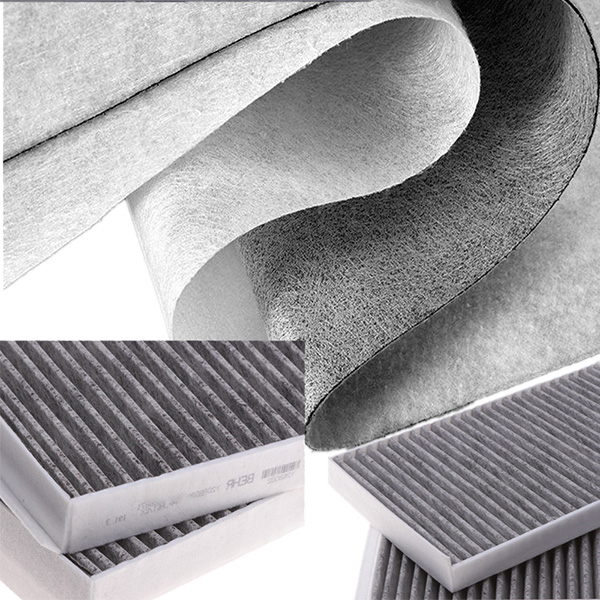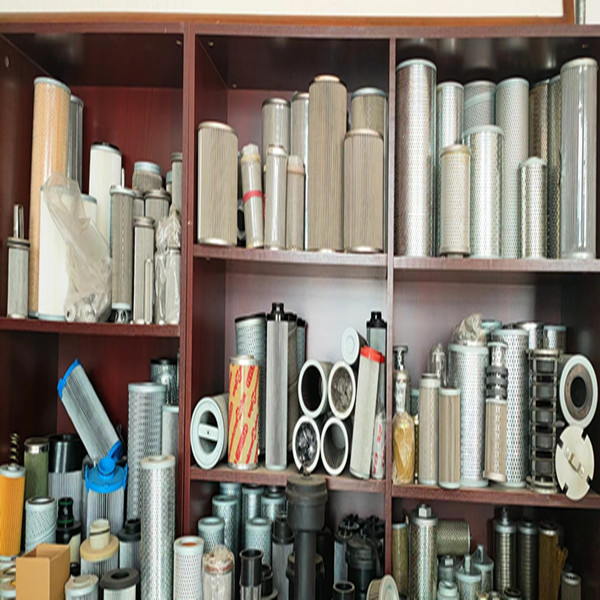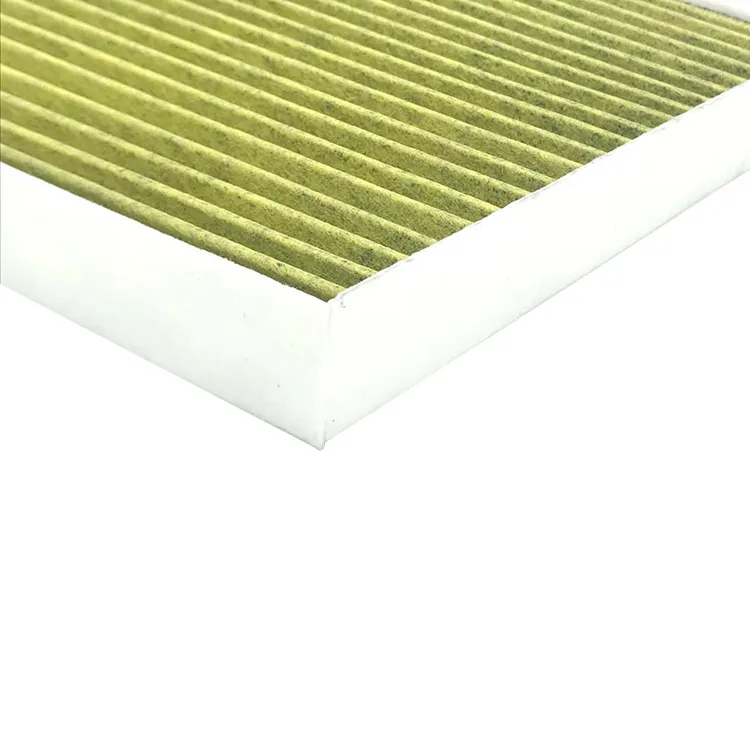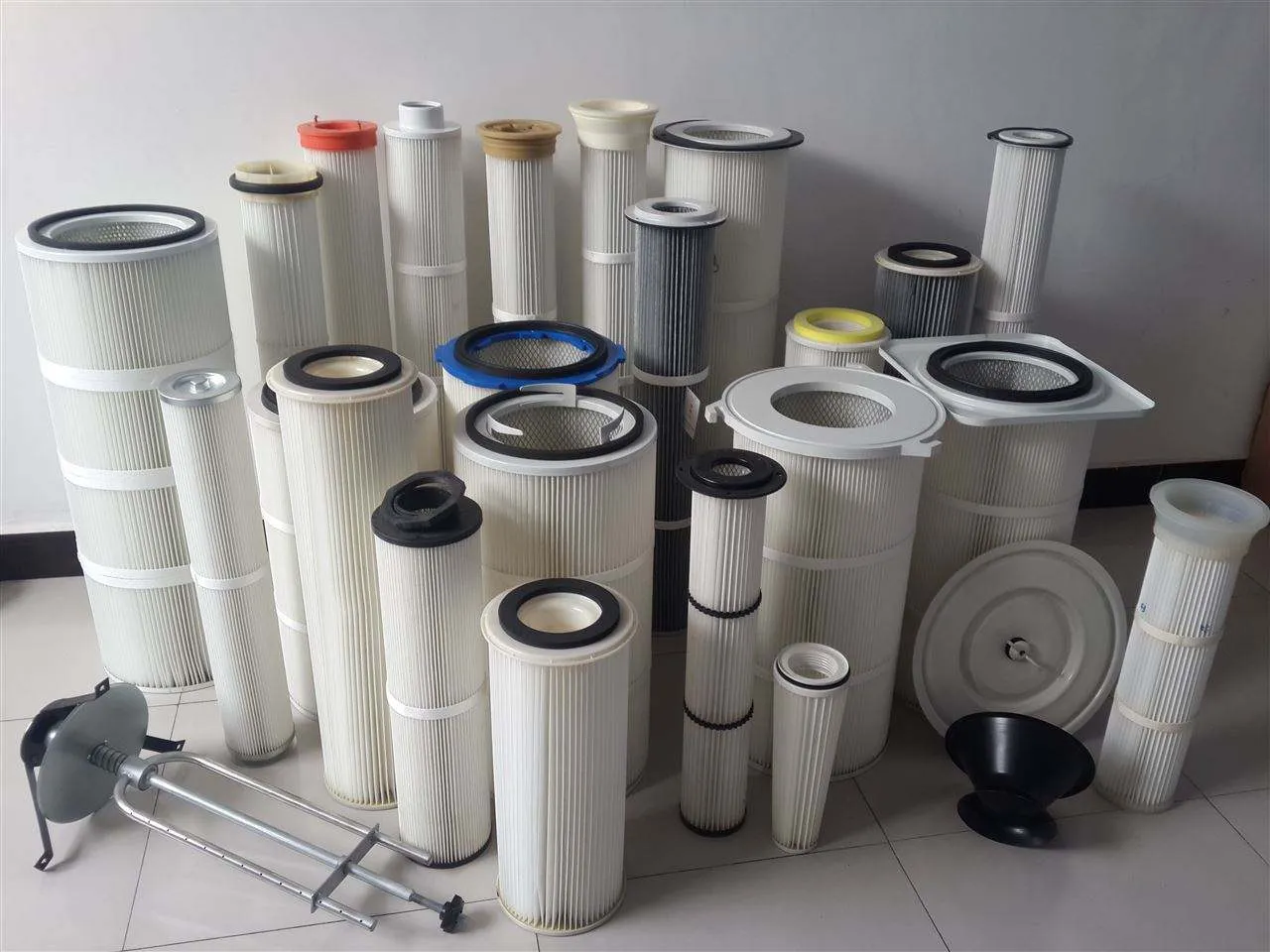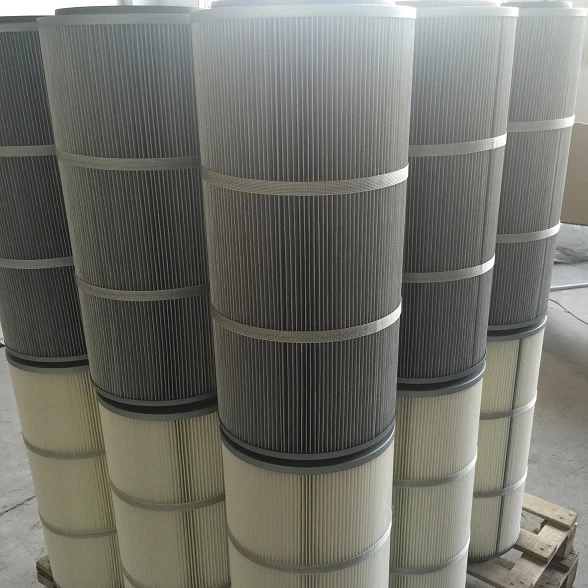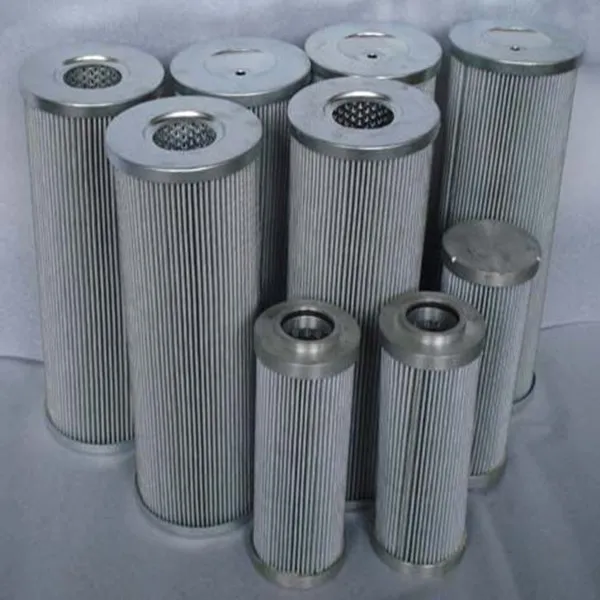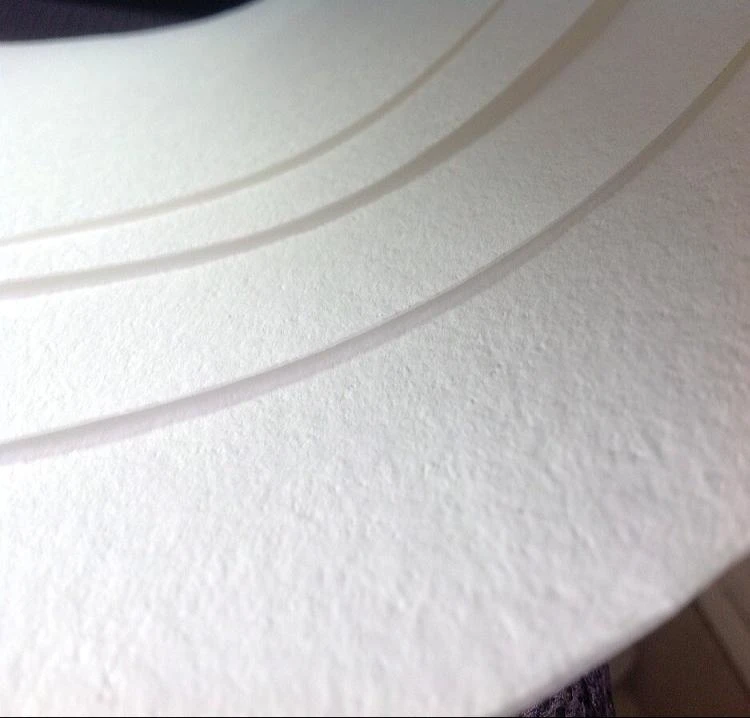- The Science Behind Paint Booth Filtration Systems
- Performance Metrics: Beyond Basic Specifications
- Technical Innovations in Modern Filter Media
- Manufacturer Comparison: Capabilities Matrix
- Customization Strategies for Unique Requirements
- Documented Case Studies: Operational Transformations
- Optimizing Paint Booth Fan and Filter Lifecycle Management
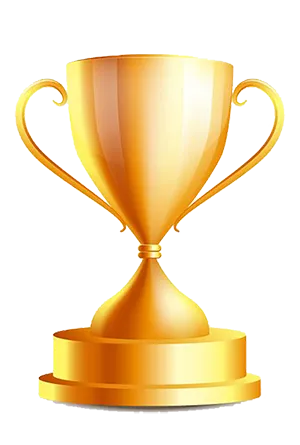
(paint booth filter media)
The Critical Impact of Paint Booth Filter Media
Industrial finishing operations depend fundamentally on effective filtration, where selecting appropriate paint booth filter media
directly determines productivity. Contaminated air recirculation causes up to 78% of surface imperfections according to Automotive Manufacturing Solutions Group's 2023 report, while inadequate filtration compounds hazardous VOC exposure. Premium filter media capture 99.98% of particles at 0.5 microns – critical when 97% of overspray particulates measure 0.2-10 microns. Production managers report 35% less energy consumption in booths using electrostatic-enabled media versus traditional spun fiberglass, substantially impacting operational expenses.
Evaluating Performance Benchmarks
Several metrics determine air filter for paint booth efficiency beyond micron ratings. Airflow resistance (measured in Pascals) directly impacts fan strain; low-drag designs reduce energy costs by 15-30%. Saturation capacity indicates particulate holding volume before replacements become necessary – premium media withstand 400% greater loading than entry-level equivalents. Fire resistance ratings prove critical in solvent-rich environments where OSHA mandates L-class filters. Third-party certifications like ASHRAE 52.2 provide standardized comparisons, while accelerated environmental tests predict real-world degradation patterns. Durability testing reveals leading polyester blends maintain 97% structural integrity after 400 operational hours, whereas cellulose composites deteriorate beyond usable thresholds at 220 hours.
Technological Advancements
Recent innovations transform capabilities for paint booth fan and filter systems. Nanofiber coated substrates capture sub-micron particulates with 60% lower airflow resistance than non-treated alternatives. Hydrophobic formulations prevent moisture retention, eliminating media warping in high-humidity regions. Temperature-resistant materials withstand sustained 185°F/85°C conditions without adhesive failure. Hybrid designs incorporating activated carbon layers simultaneously adsorb 87% of toluene vapors during spraying. Electrostatic media demonstrate 18% greater overspray capture than mechanical counterparts. Progressive manufacturers utilize automated inline monitoring, tracking pressure differentials in real-time through IoT sensors to predict maintenance cycles with 96% accuracy.
Competitive Product Analysis
| Manufacturer | Media Composition | Micron Rating | Holding Capacity | Fire Rating | Certifications |
|---|---|---|---|---|---|
| Aerostar® XP | PTFE Nanofiber | 0.3 microns | 85g/ft² | L3 (EN60335) | ASHRAE 52.2, ISO 16890 |
| Nordic Air® HD | Hydrocharged Polyester | 0.5 microns | 72g/ft² | M2 (DIN 53438) | ISO 16890, EN 13274 |
| Global Filtration M8 | Hybrid Cellulose/Glass | 1.0 micron | 52g/ft² | F1 (DIN 4102) | ASHRAE 52.2 |
| Camfil GT382 | Synthetic Composite | 0.75 microns | 68g/ft² | M3 (DIN 53438) | EN 779, ISO 16890 |
Customization Methodologies
Unlike off-the-shelf alternatives, engineered paint booth filter media adapt to unique operating parameters. Facility managers specify pleat depths optimizing air-to-cloth ratios – deeper configurations (6-12 inch) serve high CFM booths exceeding 15,000m³/hour. Frame constructions range from galvanized steel in corrosive salt-spray environments to aluminum extrusion for lightweight mobility. Adhesive formulations vary for temperature compatibility; silicone-based compounds outperform rubber solutions above 150°F. Production-scale implementations incorporate zonal configurations where intake filters utilize 25% less dense media than exhaust stages. One military aviation contractor reduced media swaps 40% by commissioning gradient density cartridges capturing coarse particulates in initial layers while finer sub-layers trapped polishing compounds.
Application Effectiveness
Midwestern trailer manufacturer Wabash National verified 6.2-month ROI following media upgrades. Installation of electrostatically-enhanced filter media cut energy consumption by 19.3% annually while eliminating surface inclusion reworks previously costing $227K yearly. Aerospace supplier GKN documented 83% reduction in booth maintenance downtime through IoT-integrated media providing pressure differential alerts. California's stringent VOC regulations prompted automotive refinisher Caliber Collision to deploy carbon-infused media, lowering solvent emissions below SCAQMD Rule 1107 thresholds without afterburner retrofits. Each case leveraged manufacturer-provided Computational Fluid Dynamics modeling determining optimal filter placement relative to extraction fans and airflow patterns.
Lifecycle Management Essentials
Proactive paint booth fan and filter maintenance protocols extend service life beyond standard replacement cycles. Scheduled inspections every 350 operational hours identify media saturation below visible thresholds; infrared scans detect uneven loading patterns indicating airflow imbalances. Documentation reveals optimally-sized exhaust fans paired with balanced air filter for paint booth systems prolong media effectiveness 17-29%. Strategic partnerships with manufacturers providing remanufacturing services regenerate select media types at 60% of replacement cost, validated through equivalent laboratory performance testing. Facilities implementing predictive maintenance powered by differential pressure sensors report 30% reduction in unplanned production interruptions. Training technicians in correct frame sealing techniques alone prevents 22% of media bypass incidents according to NADCA field studies.
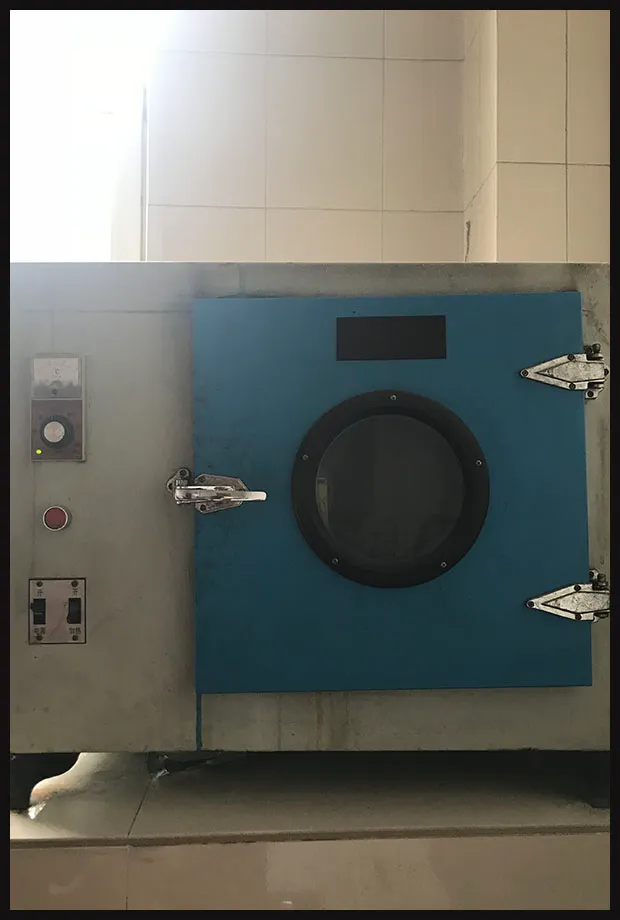
(paint booth filter media)
FAQS on paint booth filter media
Q: How often should paint booth filter media be replaced?
A: Replacement frequency depends on usage and paint type. Typically, filters are replaced every 3-6 months or when airflow resistance increases. Regular inspections ensure optimal performance.
Q: What factors determine the right paint booth filter media type?
A: Consider paint overspray volume, particle size, and booth design. Fiberglass, polyester, or synthetic media are common choices. Match the filter’s MERV rating to your air quality needs.
Q: Can paint booth fan and filter systems be customized?
A: Yes, fans and filters are often tailored to booth size and airflow requirements. Custom configurations improve efficiency and compliance with safety standards. Consult manufacturers for specific needs.
Q: How do I maintain an air filter for paint booth efficiency?
A: Clean or replace filters as recommended, check for damage, and monitor pressure drops. Proper maintenance reduces energy costs and extends equipment lifespan.
Q: Why is MERV rating important for paint booth filter media?
A: MERV ratings (1-16) indicate particle capture efficiency. Higher ratings trap finer overspray but may restrict airflow. Balance filtration needs with fan capacity for optimal performance.
Post time: 6월-01-2025

